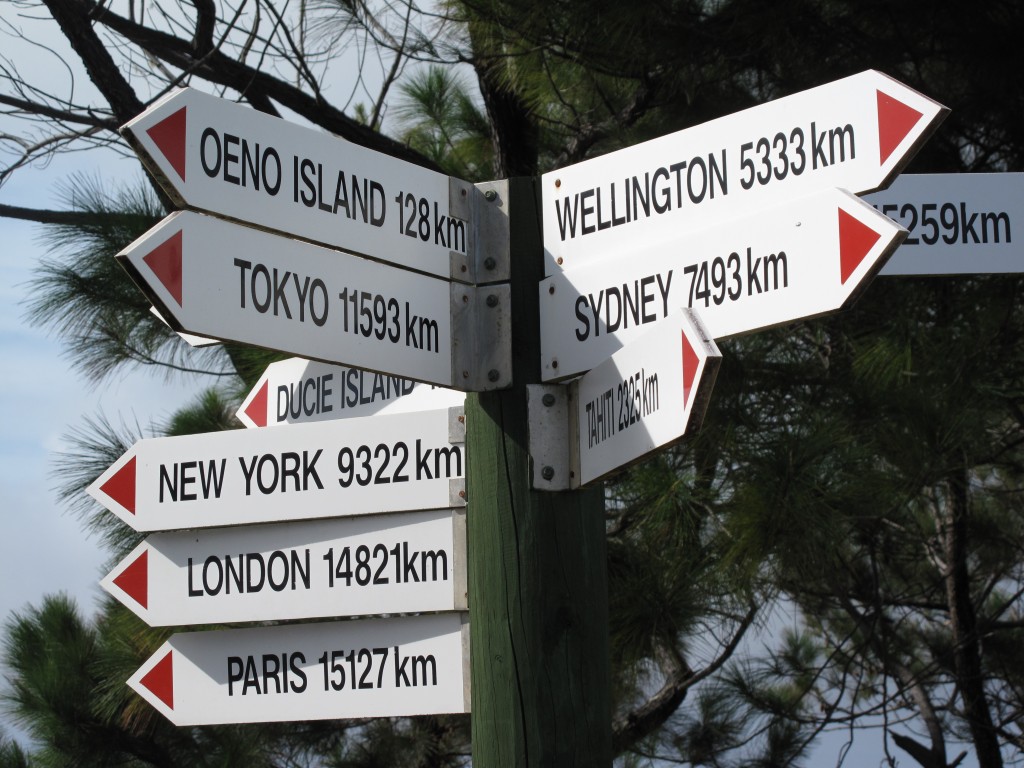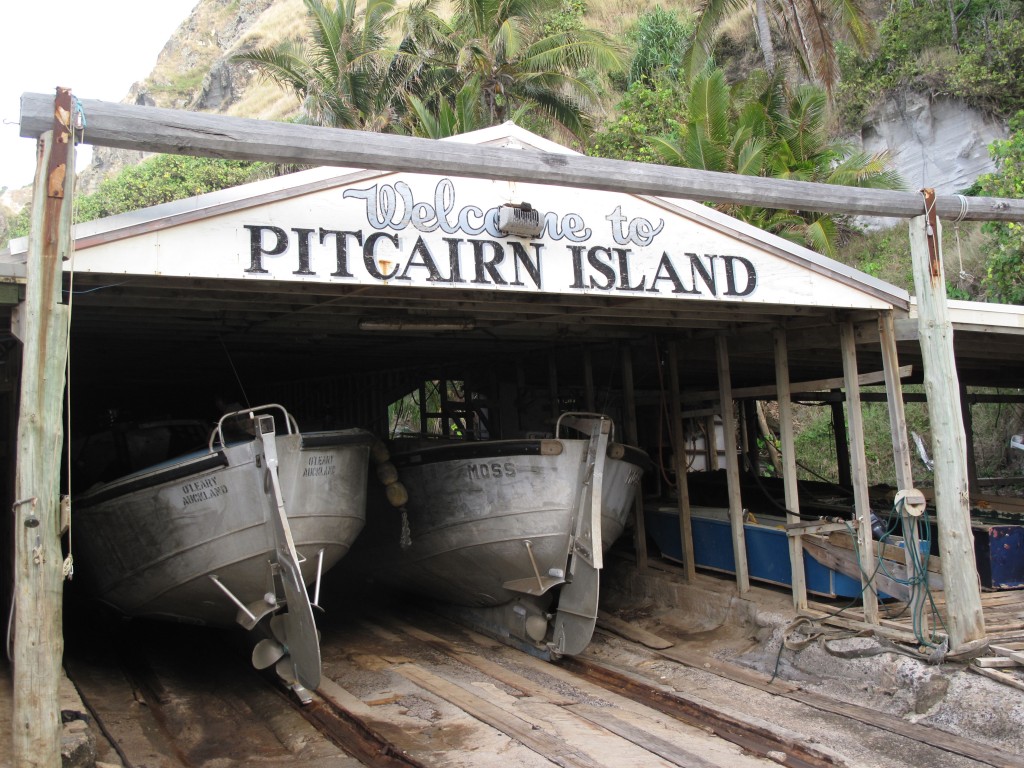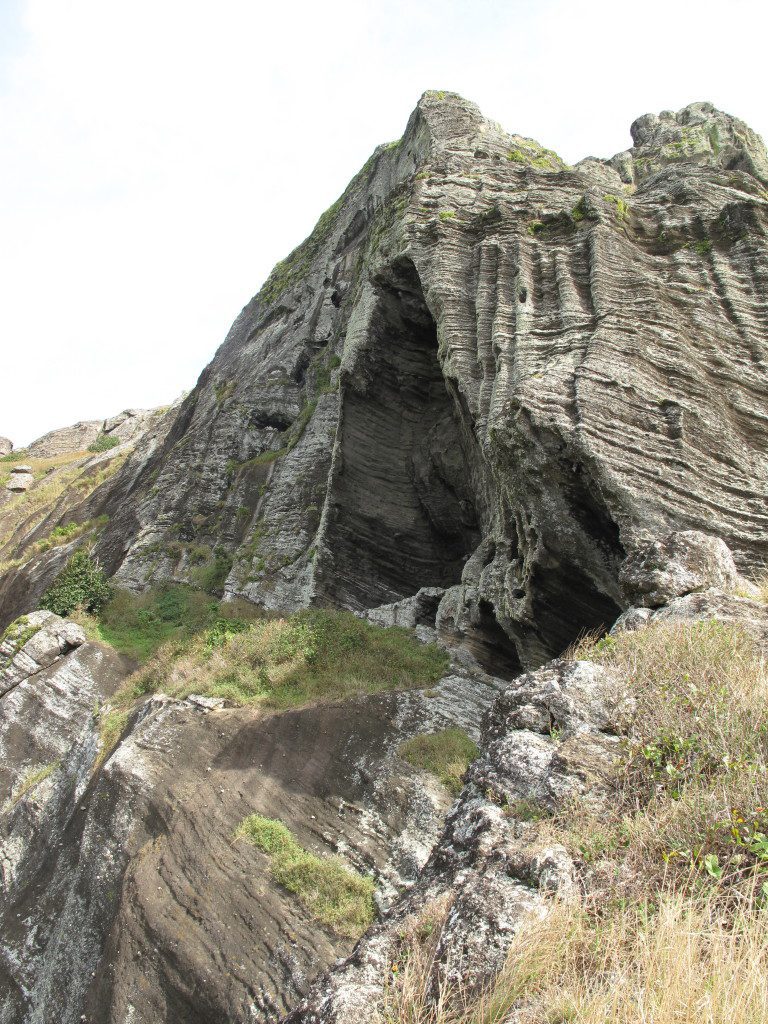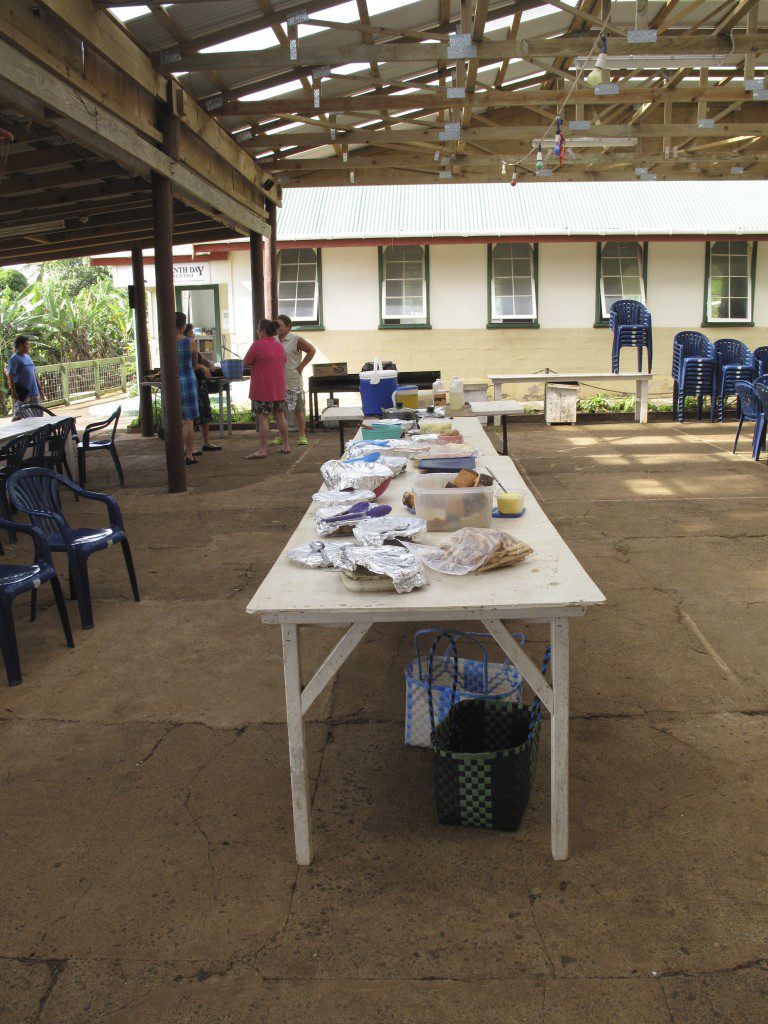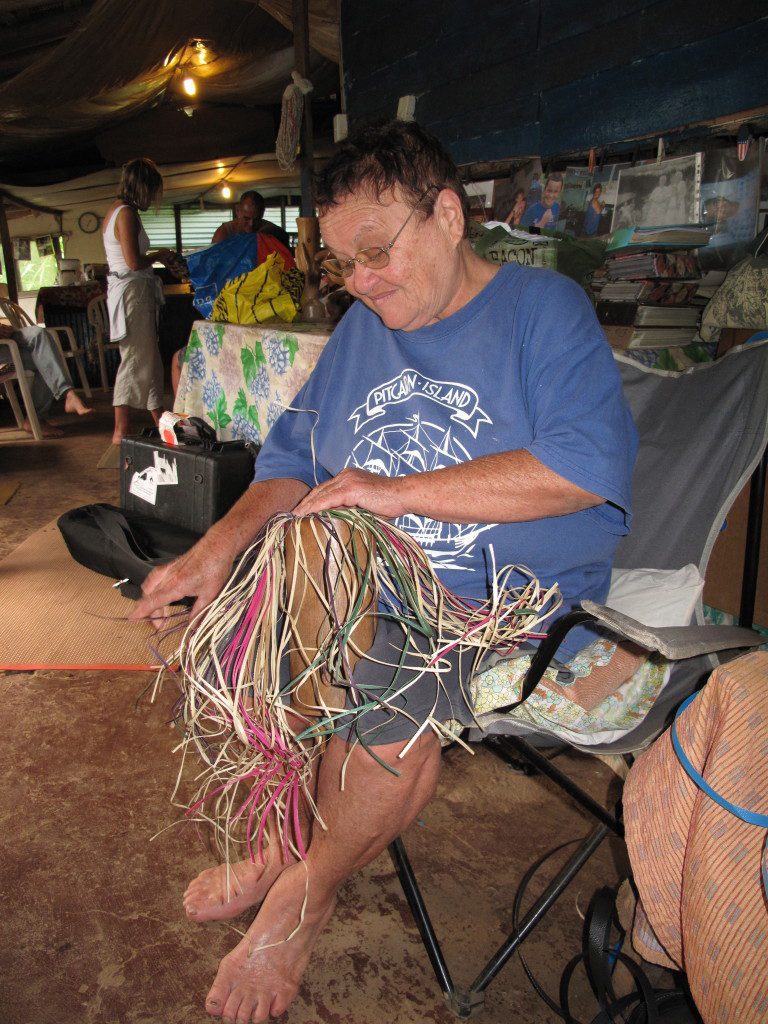by Richard Nimmo, Managing Director, UK
Occasionally an opportunity arises for Blue Ventures that is too good to resist, and our recent collaboration with The Pew Charitable Trusts’ Global Ocean Legacy project to establish a large-scale marine reserve in the waters of the Pitcairn islands was one such opportunity.
Blue Ventures has been invited to work with the Global Ocean Legacy project as a tourism partner while the project looks to explore the opportunities of a marine reserve. The isolation of the Pitcairn islands (2,800 miles from New Zealand, its nearest neighbouring landmass) severely limits the economic opportunities of the islands and yet this isolation along with a marine reserve represents a tourism opportunity for the islands.
Last week, I returned from the most recent trip that Pew organised to Pitcairn. My aim was to experience the reality of Pitcairn, to see and explore the island and to consider the potential of conservation tourism there. Most people only know of Pitcairn Island as the final sanctuary of the Bounty mutineers, who led by Fletcher Christian, searched the south pacific for a home that would give them safety from the vengeance of the British navy., Pitcairn offered them such a safe-haven and they settled there in 1790.
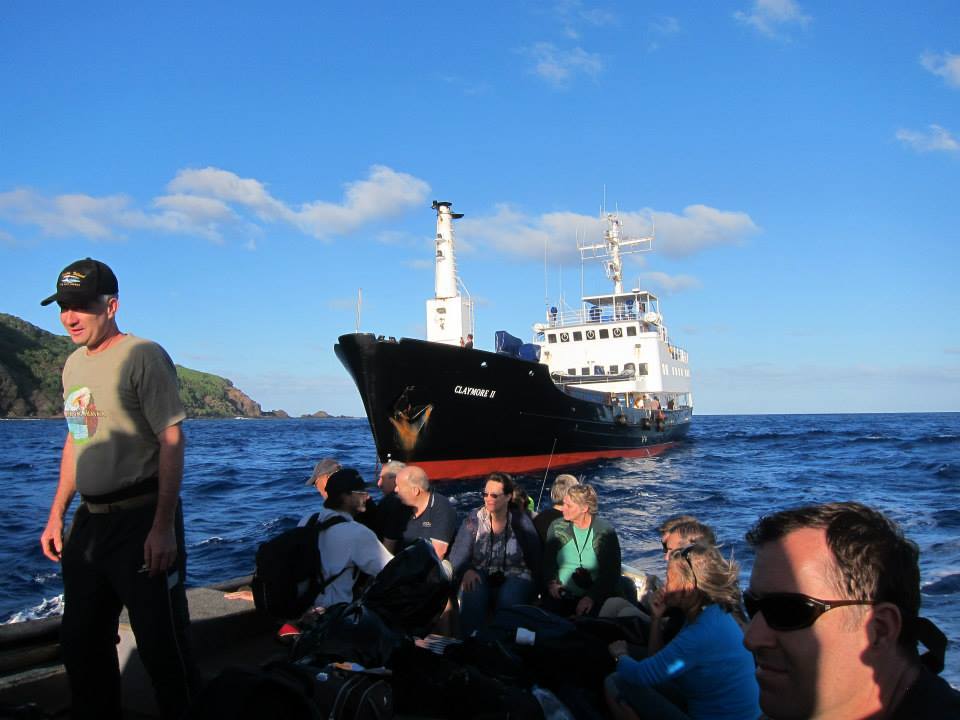
The Claymore II, the boat which took the team on the rough journey from Tahiti to Pitcairn. Photo credit: Elisabeth Whitebread, Pew Charitable Trusts
The journey to Pitcairn is long and involved with my itinerary involving three flights (London to Los Angeles, Los Angeles to Tahiti, and Tahiti to Mangareva to via Tureira) and a 36-hour boat trip from Mangareva. The Claymore II, a New Zealand registered vessel that serves Pitcairn for essential supplies and passenger transport, easily navigated the heavy seas and delivered us on time just before dawn on the western side of Pitcairn. The passengers and crew watched the sun rise over Tedside before a Longboat collected us and took us through the surging waves to the landing.
The majority of the small community of Pitcairn were lined up on shore, awaiting us. Ship arrivals are important events for the islanders as they deliver long-awaited supplies, bring tourists to the island and offer a welcome distraction for an isolated community.
The small number of tourists who journey to Pitcairn tend to stay in the Home Stays that the islanders offer. I am a huge fan of Home Stays as I believe that when they are run well they offer an insight into a community and direct tourism revenue into households ensuring that community members benefit from tourism. Home Stays on Pitcairn have been part of the tourism culture for generations but have only recently been formalised as the island began to focus more on tourism. I visited a number of the Home Stay providers during my visit and was impressed with the hospitality and enthusiasm of them all, as well as their willingness to share their experiences of Pitcairn life and its history with visitors.
The history, culture and environment of Pitcairn all combine to give the tourist a truly memorable experience. During my stay there were two tourists who had taken the opportunity to visit Pitcairn. They both spent only a few days on the island but left entranced by their visit, wishing they had more time. They both particularly enjoyed staying in Home Stays, sharing the homes and lives of islanders and found the easy interaction with the community an unexpected highlight.
As you would expect on a remote and small island, the community of 21 homes and around 50 people, many of whom are related, is tight-knit and community activities are frequent and help keep the bonds strong. Shared meals, when the community bring dishes and eat together in the town square occur often, the public notice boards announced community events and all homes have VHF radios tuned to channel 16 over which public announcements and messages are relayed. As well as community events that help maintain ties and communication the islanders are also energetically engaged in the politics and administration of their island, with an elected Island Council and Mayor working with the British Government to run Pitcairn.
Ships and their passages and passengers have always been part of Pitcairn life and its survival. Ships brought the forebears of the island’s population in 1790 and are still the only means of reaching this remote place. Food and other supplies also come by sea and the islanders have been expert traders since the island was rediscovered, after the isolation enjoyed by the mutineers, in 1808. The museum in Adamstown has photos of the community boarding vessels to trade with passenger ships in the early 20th century and this tradition survives today with islanders selling curios and local produce to passing cruise ships as well as buying from the ship’s stores. The modern day islanders are resourceful and entrepreneurial, traits they probably inherited from the first inhabitants and that they have perfected in the subsequent 223 years. Everyone I spoke to acknowledged the importance of this trading relationship, and almost every household manufactures or designs curios that are sold to the cruise ships that land each year. The island website details the schedule of ship arrivals in recognition of their importance to the island culture and economy.
Pitcairn is a small and steep-sided island. The route from the Landing to the homes of Adamstown is called the Hill of Difficulty and many of the other paths deserve equally strenuous names. In the short time I had on the island I managed to walk many of its precipitous tracks and roads and to enjoy the isolation of the place. The walking routes can be challenging with steep inclines and slippery descents, and I had only a few short days to explore. Nevertheless, it was impossible to resist sites such as Christian’s cave, where Fletcher Christian sat looking for British ships that he was determined were hunting the south pacific for him and his men as he descended into madness, or St Paul’s Pool where my hopes of snorkelling in the clear waters were met by the crashing waves and spray that reached high into the air.
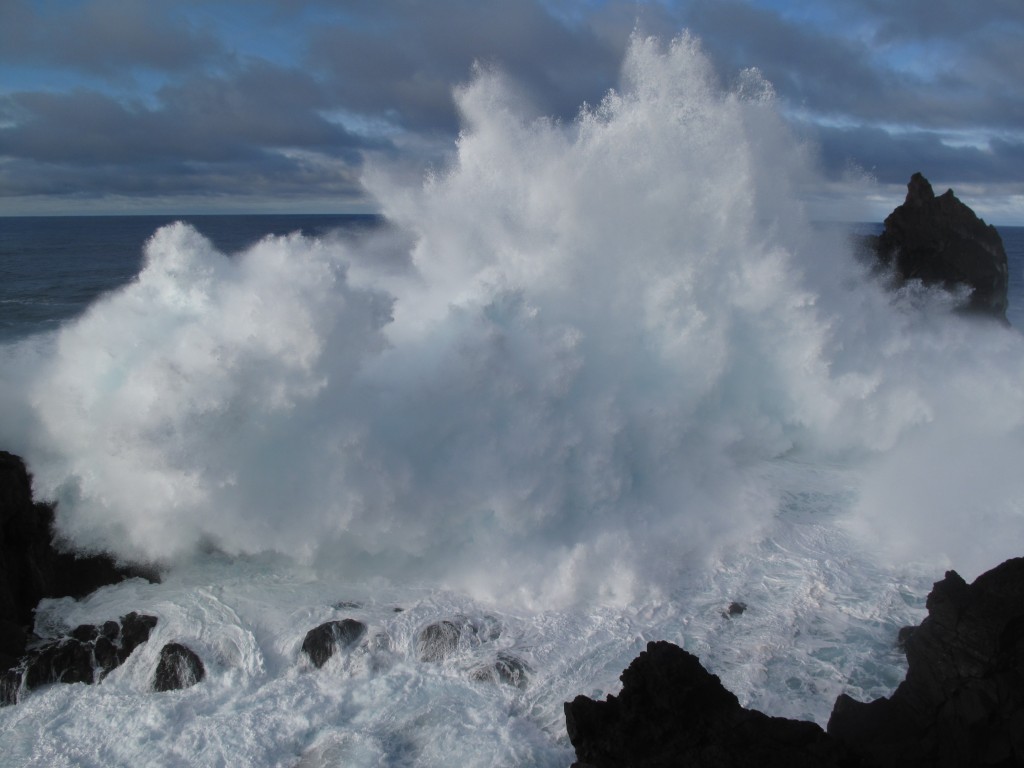
With the nearest landmass being nearly 3,000 miles away, the waves here can be huge. (St Pauls Pool)
The Pew Charitable Trusts made a joint proposal to the UK Government in January to create the world’s largest marine reserve in the Pitcairn Islands’ waters. The Pitcairn community and National Geographic were the co-signatories of the proposal and other partners, including Blue Ventures, have added their weight to the project in recent months. The science and tourism appeal and conservation benefits of the reserve would be immense and I along with all interested parties await with baited breath for the UK government to consider the proposal and respond with their decision.


